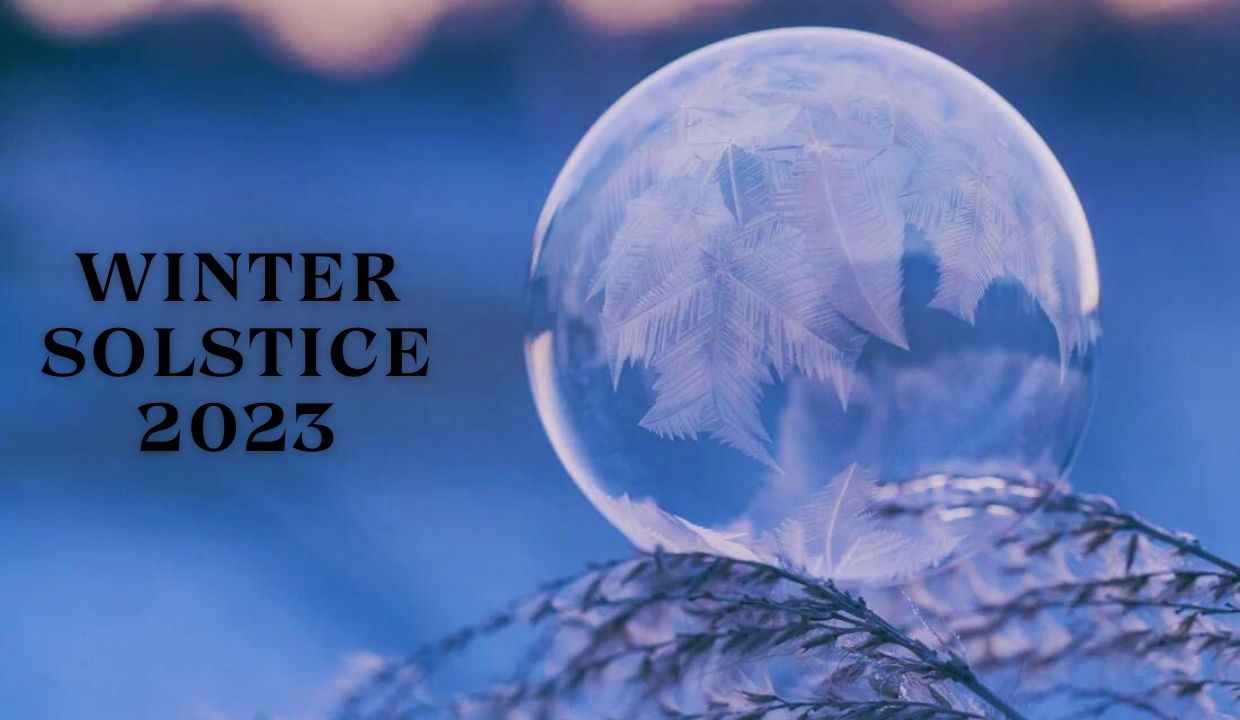Winter Solstice 2023: As the year 2023 draws to a close, nature unveils one of its most intriguing spectacles – the winter solstice, marking the shortest day of the year. This celestial event holds not only astronomical significance but also brings about captivating displays in the night sky.
In this exploration, we delve into the essence of the winter solstice, understanding why it’s called the shortest day, its impact on seasons, and the celestial dance that accompanies it.
Understanding the Winter Solstice:
- Earth’s axis is tilted at approximately 23.4 degrees.
- This tilt, as Earth orbits the sun, causes changing seasons.
- Winter in the Northern Hemisphere occurs when the North Pole leans away from the sun.
- The winter solstice marks the day with the least sunlight in the Northern Hemisphere.
- Simultaneously, the Southern Hemisphere experiences summer as the South Pole tilts toward the sun.
- The term “solstice” comes from the Latin word “solstitium,” meaning “the sun stands still.”
- The winter solstice signifies the apparent pause in the sun’s journey before changing direction.
- During the winter solstice, the sun is at its most southerly position, leading to the shortest day and the longest night of the year.

Why the Shortest Day?
As the days progress towards the winter solstice, daylight becomes increasingly scarce. In 2023, the winter solstice is slated for December 21 or 22, depending on your location. At 10:27 PM (EST) on December 21, the Northern Hemisphere will experience the shortest day, with approximately 7 hours and 14 minutes of daylight.
In India, the winter solstice will be observed on December 22 at 8:57 AM. On this day, Earth’s axis leans farthest from the sun, resulting in a day that is 8 hours and 49 minutes shorter than the summer solstice.
Celestial Symphony: Jupiter and the Moon
Adding to the allure of the winter solstice in 2023 is a celestial treat for stargazers. The night sky will showcase a remarkable alignment – the close proximity of Jupiter and the Moon.
For those in the Northern Hemisphere, this event accompanies the official onset of winter, while in the Southern Hemisphere, it signals the arrival of summer. The intricate dance of the celestial bodies on the solstice highlights the harmony of our planet’s orbit and the cosmic wonders that unfold above.
How to Witness Winter Solstice 2023
To witness this celestial spectacle, set your gaze on the southeastern horizon as dusk falls. The waxing gibbous moon will grace the sky to the right of Jupiter, the brightest planet in the evening canvas.
For amateur astronomers, a small telescope or a pair of binoculars can enhance the viewing experience, allowing you to savor the details of Jupiter and the moon’s nocturnal ballet. Keep an eye on the night sky on December 22 as well, as the moon shifts to the left of Jupiter, offering a second act of this cosmic performance.
Conclusion:
In conclusion, So, the winter solstice is like a cool mix of science and a great show in the sky. In the Northern Hemisphere, it’s when we have the shortest day and the longest night. During this time, Jupiter and the Moon will line up in the sky, showing us how awesome our solar system is.
It’s like a beautiful dance of planets and moons. Whether you’re a big fan of staring at the stars or just like looking up once in a while, the winter solstice in 2023 is going to be a really amazing event. It’s a chance for all of us to look up and think about the incredible things happening way up there in the night sky.



